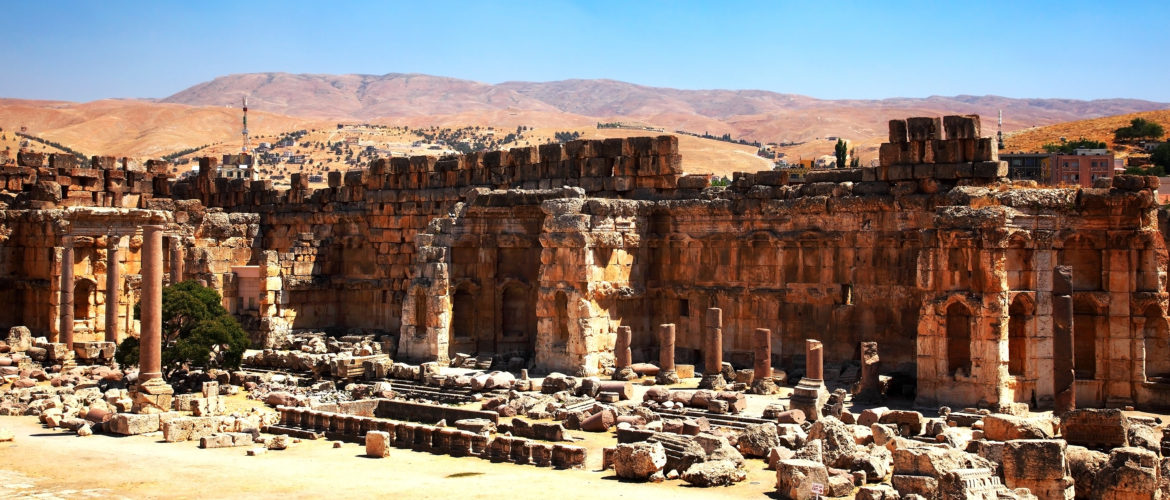Lebanese Heritage Sites Gain Expanded Protection from UNESCO

An emergency session of the Committee for the Protection of Cultural Property in the Event of Armed Conflict was recently organized in Paris to devise a strategy to protect the ancient architectural wonders. As a result of discussions, UNESCO added 34 historic sites in Lebanon to the enhanced protection list. This decision to grant extra protection to Lebanese heritage sites followed a recent Israeli air strike, which targeted an area dangerously close to the famous Roman temple complex in Baalbek.
The sites in the new list include open-air archaeological sites in Baalbek and Tyre, as well as museums storing unique cultural heritage, such as the Nicolas Ibrahim Sursock Museum and the National Museum of Beirut. Many of the artifacts now threatened by war include pieces of ancient Roman architecture of the period of the Roman Empire that stretched to the Middle East. Others, such as the Majdel Anjar Temple in West Bekaa, which dates to 41 CE, represent examples of local ancient architecture.
What Lebanese Heritage Sites Are Most Under Threat?
While museum artifacts can be moved to safer locations in Lebanon, open-air sites remain particularly threatened by Israeli bombardments. It was reported that Israeli military forces have already struck close to the city of Tyre, a place known internationally for its well-preserved ancient hippodrome. Images of smoke rising behind the Roman columns of Baalbek’s Jupiter Temple also cannot but raise concerns regarding the long-term preservation of sites amid active hostilities in the region.
While most of the cultural heritage seems to hold on, some damage has already been inflicted. For example, one of Baalbek’s stones, comprising the dome of an old Muslim shrine, broke off, threatening the integrity of the whole structure. The city walls in the historic old town, which date back to the Ottoman and French Mandate periods, also suffered serious destruction from Israeli air strikes.
Further damage to UNESCO-protected Lebanese heritage sites can result in legal persecution under international law. Under the 1954 Hague Convention, countries are prohibited from targeting cultural objects even if they are used for military objectives. However, it is unclear whether it would stop Israel from further strikes. UNESCO claims that it has made changes to its protected heritage site list to draw the attention of the international community to the urgent need to protect ancient sites. Although they have already withstood centuries of wars and instability, the recently escalated conflict puts them at risk of complete destruction.

